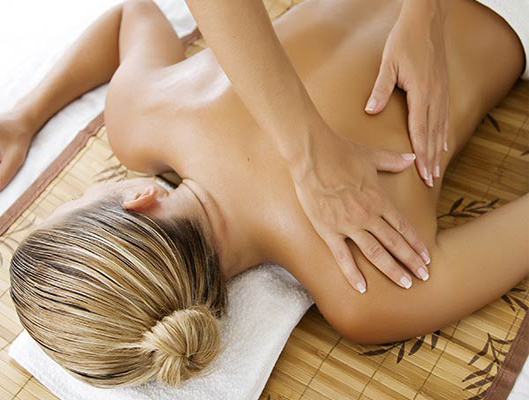Asian Massage Therapy, Spread over Various Kinds, Runs Parallel to Medicine
By Xstress Massage
October 31, 2019

In the West, a professional massage is often relegated to the position of an alternative remedy. At Xstress Massage Spa, we strive to reverse the fallacious notion. Our experts maintain that the Asian massage is no less than quintessential medicine. No South East Asian nations would contend otherwise. Apart from that, its countless variants only prove its significance.
The Japanese Massage
If you type Asian massage therapy near me Google will flood you with a slew of Japanese massage links. Indeed, the Japanese variant is emblematic of the quintessential Asian therapy.
Often confused with China, the traditional acupressure formula originally began in Japan in the twentieth century. What is more, such is its significance that the country’s Ministry of Health bestowed Shiatsu with official recognition.
Generally, the massage is provided using molded rubber nodules.
The Thai Massage
Although known as the Thai massage, its precise source is considered to be somewhere in North India. Nevertheless, it remains one of the most sought-after therapies today.
Indeed, Thai massages clock the highest sales at our establishment, too. And not for nothing! The therapy involves extreme bending and stretching in the body, resulting in countless popping sounds from discreet parts. At Xstress Massage, we provide both dry and wet Thai massages.
Chinese Massage
With a history of over four thousand years, the Chinese massage is the oldest known form of therapy. It chiefly consists of kneading, pulling and pushing.
Deep tissue massage in Newport News is the direct corollary of Chinese massage. And there are other variants of the same. These include Zhi Ya, Pettrisage and tui na. It can be said that these are offshoots of reflexology.
Ayurvedic Massage
Mention must be made of the Ayurveda when speaking of massage therapies. The Ayurvedic massage is one of the most noted therapies in Asia. It is chiefly based on the traditional philosophy of Ayurveda, thereby making it more of a spiritual approach with a view to connect the body and the soul.
Conclusion
The Western idea of the massage is admittedly squinted, given that it is confined to a secondary form of professional remedy. However, across the Asian countries, it is a mode of thought and life.
At our establishment, we seek to uphold the very traditional values of the practice. After all, Asian therapies entail a multidimensional submission from whoever seeks to propagate it.


